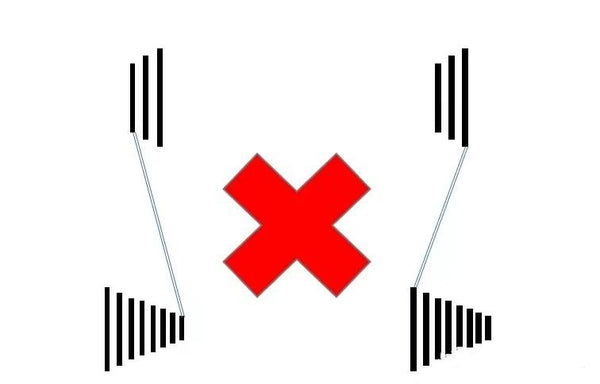Mastering Bicycle Gears: A Beginner's Guide
Are you new to cycling and struggling with changing gears efficiently? Don't worry, mastering gear shifting is a skill that takes practice and patience. In this guide, we will walk you through the basics of changing gears as a beginner cyclist.
Why is Gear Shifting Important?
Gear shifting is crucial for maintaining a comfortable cadence and optimizing your energy output while riding. By shifting gears appropriately, you can tackle different terrains, adjust to varying speeds, and prevent muscle fatigue.
Understanding Gear Ratios
Before you start changing gears, it's essential to understand gear ratios. Lower gears are easier to pedal but provide less speed, while higher gears are harder to pedal but offer more speed. By finding the right balance between the two, you can ride efficiently.
Cycling efficiently not only enhances your riding experience but also minimizes the risk of joint or knee injuries. Understanding and utilizing bicycle gears correctly can significantly contribute to both. Typically, a bicycle's gear system consists of two parts: the left-hand controls the front chainrings, while the right-hand controls the rear cassette. It's often said, "front for power, rear for assistance." With changes in terrain, gradient, and speed, the gear system becomes essential.
How to shift gears?
I. Quick Guide to Correct Gear Usage

Using the diagram provided:
Mountain Bikes:
-
Left Shifter (Left Thumb): Controls the front chainrings.
- Gear 1: For climbing steep inclines.
- Gear 2: Suitable for flat terrain and everyday suburban rides.
- Gear 3: Acceleration; suitable for those with good physical fitness aiming for speed.
-
Right Shifter (Right Index Finger): Controls the rear cassette.
- Typically available in 7 to 12-speed variations.
- For 7-9-speed shifters: Left gear level x 3 = Right gear level.
- For 10-12-speed shifters: Left gear level x 4 = Right gear level.
II. Common Misuse

When the chain is in any position shown in the diagram:
- Chain contact with inner/outer front guide plates or tilting towards the front chainring increases noise and wear.
- Increases the likelihood of chain breakage on challenging terrain.
- Accelerates wear on the smallest rear cassette sprockets.
- Shortens the lifespan of the entire transmission kit.
- Increases the risk of chain tension being too high/low, leading to increased transmission component damage.
III. Bad Habits While Riding
-
Frequent Shifting into Neutral (Freewheeling): Mindlessly shifting while coasting can lead to the chain jumping to other gears without completing the shifting process, resulting in potential entanglement or chain drop.
-
Rapid Gear Changes While Climbing: Frantically shifting gears while climbing steep slopes can cause significant damage to transmission and gearing components. Gradually adjust to lower gears or anticipate the gradient before climbing.
By addressing these points and incorporating proper gear usage methods, cyclists can not only enhance their riding experience but also prolong the lifespan of their bicycle's transmission components. It's essential to cultivate good riding habits from the outset to ensure both performance and longevity.
Remember, mastering the art of using bicycle gears takes practice and patience. As you become more familiar with your bike and its gear system, you'll find yourself gliding effortlessly through various terrains, enjoying the ride to the fullest.













